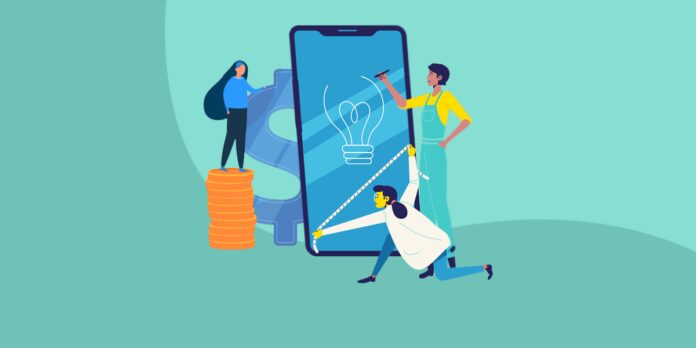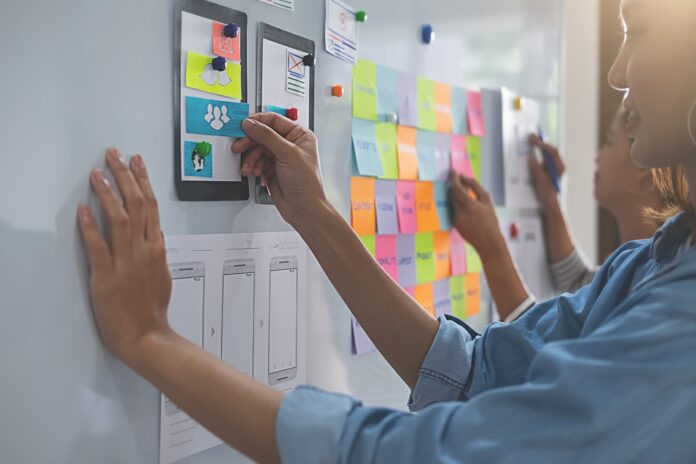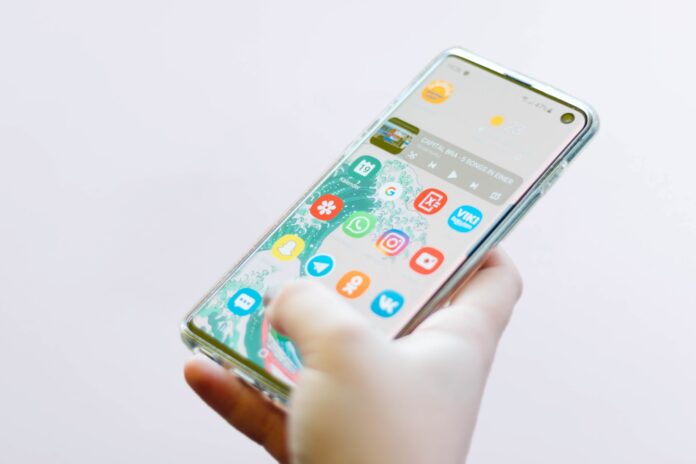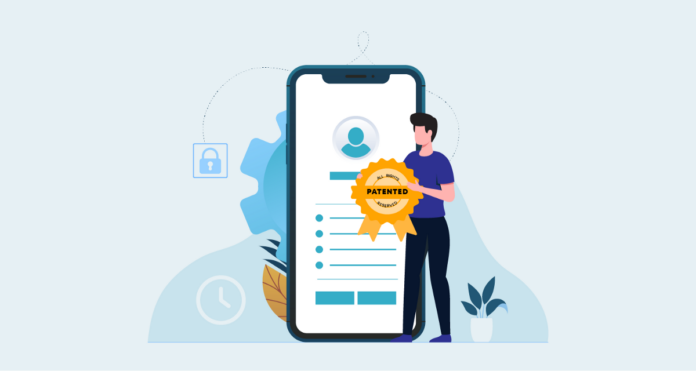A smartphone is a handheld personal computer that has extensive computing capabilities. Mobile application development is the process of developing software for use on devices such as smartphones or tablets. Such applications can be installed on a device for a specific platform or can be delivered as web applications that the user can use on a mobile web browser. Such applications can use smartphone features. Application software developers must consider a wide range of screen sizes, hardware specifications, and configurations due to intense competition in mobile development and changes within each platform.
The times in which we live allow us to have access to a large amount of information at any time, and as a user interface for accessing this information we increasingly use mobile devices which, however, also have various other functions supported by hundreds of thousands of applications. Android applications, as well as mobile applications in general, are very popular recently. More and more individuals and companies decide to create their own smartphone apps, and for many of them, such applications also bring a good income.

A mobile app is a program designed to run on a mobile device such as a mobile phone, tablet, or wearable (smart watch…). Developing applications for mobile devices requires consideration of the characteristics of these devices and their limitations (they run on a battery and have weaker processors and less RAM memory than desktop computers). Developers must also take into account a wide spectrum: screen dimensions, hardware specifications, and configurations of different devices. You can visit this page to learn more about it. Most mobile devices have one of the following two operating systems: Android and IOS. Mobile software development consists of a complex set of activities carried out by members of the project team for the purpose of designing, creating, putting into operation, and maintaining the software product. It probably sounds more complicated than it really is.
In any case, app development is a process consisting of several phases, namely idea, product concept development, planning, requirements analysis, design, development, integration and test, commissioning, maintenance, and termination (optional).
The concept of developing mobile applications for Android in the Java programming language requires an understanding of the paradigms on which it is based, including a good knowledge of object-oriented programming (OOP). Programming requires a good knowledge of the concept of inheritance, abstract classes and interfaces, because most of the standard Android components are implemented in this way.
How to design a good application

A good idea is probably something that will take you the most time. Think about what kind of application you want, that is, what it will offer users more than other, similar applications. So, the application should provide some value, that is, be useful to users. First of all, it is important to check whether a similar application already exists. In general, successful applications are either really fun or very useful, such as the Health Center application that can save you time when scheduling a doctor’s appointment.
Once you create your app, you need to submit it to different stores, providing relevant information about how it can appear in the correct category. Thanks to categories, we can find an application in relation to others, thus filtering millions of existing applications.
When the application has been created, it cannot just be put on the market and expected to be found by users. The success of the app may depend on how much is invested in marketing. Rushing to market without a marketing plan could reduce the chances of the app reaching its full potential. Using website ads, press releases, and emails to existing customers are all ways to get potential users interested in using the app.
The most important thing is to present the user with a quality, simple and pleasant user interface. It is the first thing that users encounter and the first overall impression of the application comes precisely through the user interface. Typography and colors help in all this. They are an important part of every application, but also of every other device; something that is pleasing to the eye and easy to read will do better than something colorful and illegible. You should always strive to choose the appropriate typography and color that suits a certain type of application and the main group of users because if this is missed at the very beginning, the first impression of the user will be bad.

The biggest advantage of mobile applications is that we can get to the desired shopping page or any other type of service in just one step. The very word mobility actually describes the core of words such as mobile devices. Mobility thus allows us mobility, accessibility, or access to mobile applications at any time and from any place.
Thanks to the smartphone, applications exist and will exist for a long time. Technology is changing and new innovations are coming every day, smartphones will remain in circulation, but maybe in a few years they won’t look like they do today. Applications are part of the smartphone and will continue to accompany it in the future. The only problem that will remain the same will be the difficult market penetration, but even that is not unattainable if you develop the application patiently and in detail, step by step.
Final thoughts
The decision to build an app can be difficult. It is not a quick decision and requires a lot of thought. An app can be an opportunity to improve customer interaction, create brand awareness, and even generate additional revenue. But if the app’s goals are unclear, customers can be upset and money lost. Deciding when to build an app is difficult.
Applications are part of smartphones and we encounter them every day. The goal of every high-quality and popular application is to provide the right user experience, that is, the user is put in the foreground with the aim of making it easier for him to navigate and use the application, and before the actual creation, it is necessary to research the market for which it is intended.








